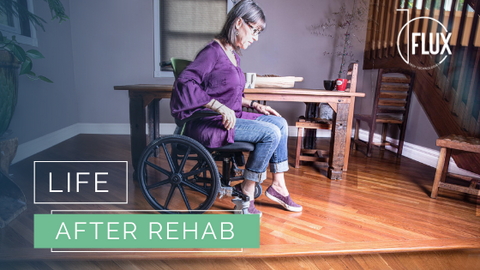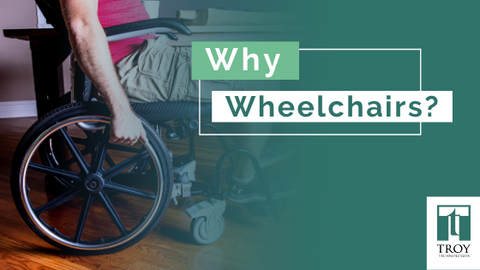After a stroke, the first three months of rehabilitation are a critical window for survivors to try to recover as much as possible. Patients may spend two to three hours per day working on various physical, occupational and speech therapy activities. But the idea of finally going home isn’t always a relief. There are a lot of factors that may affect a stroke survivor’s situation at home, from limited mobility to whether or not they have adequate care.
Getting Comfortable at Home
In addition to lingering physical symptoms, like paralysis and trouble chewing and swallowing, stroke survivors may deal with a wide range of other emotional and cognitive symptoms such as memory loss, depression, and even fatigue and trouble sleeping. It may be a great comfort to regain some independence and sleep in their own bed again, but in other ways, their relationship to their own home may change completely. Those with memory loss might not feel as confident taking care of themselves. Experiencing limited mobility for the first time may cause the survivor frustration, or they may feel trapped in their own home.
The first and easiest thing to do is consider how to maximize your space. You may need someone to help move furniture and get rid of clutter. If you’re able to do light repair work, there are a few modifications you can do yourself, like installing handrails, lowering shelves or adding swing-clear hinges. Check out these life hacks for your everyday activities. Give yourself time to figure out what tools are available to you, what your friends and family can help with and finally, what you’ll need to hire someone else to do.
Adjusting to Your Chair
Using a wheelchair for the first time has its own period of adjustment, and of course, most homes were not built with wheelchairs in mind. After a major medical event, it may not be possible to make any big changes, like renovating or installing other equipment like rails or chair lifts. But it’s important to know that you have options, and you can explore alternative ways to get comfortable at home again in the short-term.
If you already have a wheelchair, there’s a good chance it’s not a perfect fit for your body and everything you need it to do. Keep in mind that you can modify your wheelchair too, with different kinds of handrails, footplates, headrests, back supports and other attachments. If there are especially tight corners or narrow spaces in your home, your chair may be too wide to get through easily. We created the Flux Slim-Line for exactly this reason; it’s only 21.5 inches wide and can go where most chairs can’t. The Flux Dart also has a narrow profile and features flip-up armrests for easy transfers and greater mobility for your arms.
The biggest thing to remember is that not everything has to work perfectly right away, and you don’t have to rush to make decisions. As you get used to life at home, you may want to list your ideas by things to do now, things to do later, and things you’re not sure about. Talking with friends and family can open up new ideas too, and you will likely feel better after sharing your concerns.
Want to stay updated on news about Flux sales and promotions? Sign up for our newsletter!




